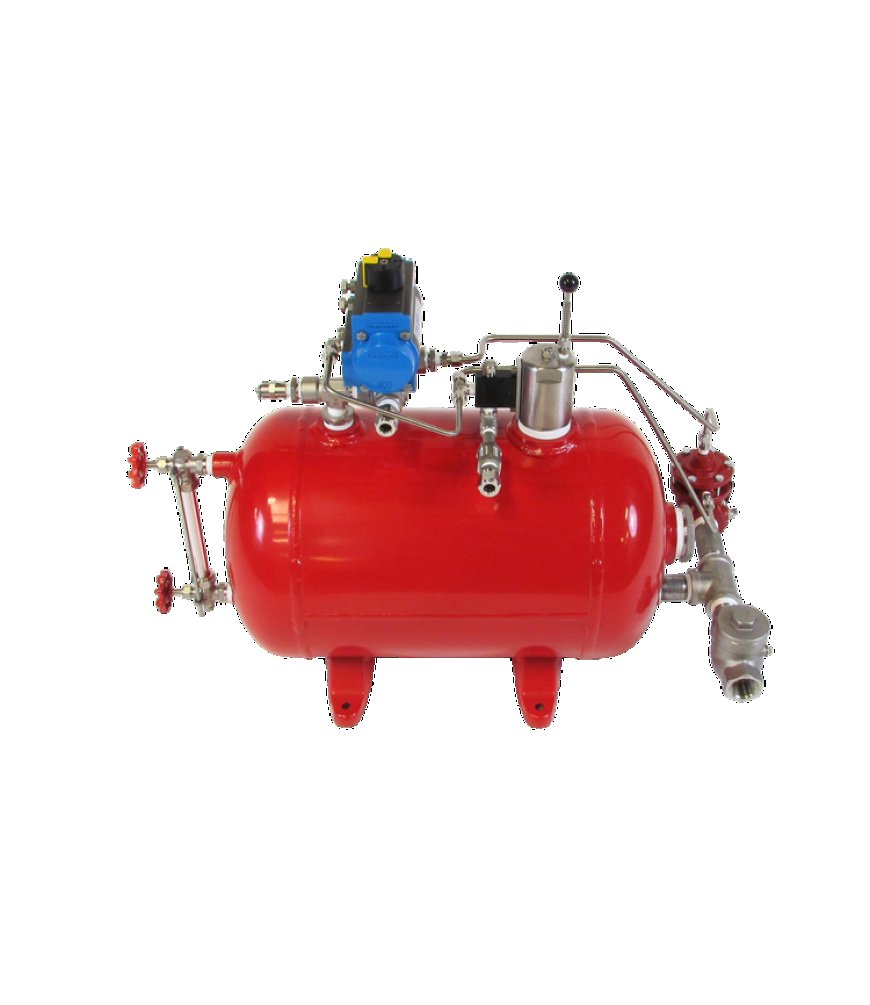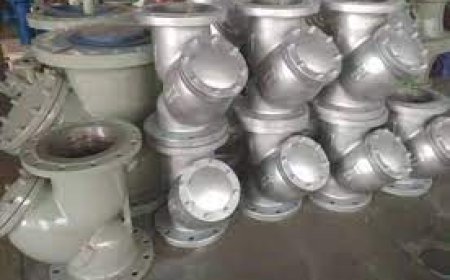Choosing the Right Environmental Tank: Why Size and System Integration Matter

Choosing a tank isnt exactly thrilling. You're not picking out a new bike or planning a vacation. Still, if you're dealing with fluid storage, greywater, or even basic containment, the right environmental tank is a silent hero. You dont notice it when its doing its job right, but mess it up? Yeah, youll know.
For small setups, one option thats often overlookedbut super practicalis the 10 gallon environmental tank. Not too big. Not too tiny. But is it the right fit for your system? Thats the real question.
Tanks Arent One-Size-Fits-All. Seriously.
Youd think buying a tank would be as simple as measuring your space and clicking buy. Not so fast. Tanks, especially environmental ones, are part of a bigger puzzle.
Whether youre outfitting a mobile lab, setting up a camper van water system, or just trying to store runoff from an air conditioning unit, size and integration matter more than most folks realise.
A 10-gallon environmental tank works beautifully for compact systemsRV greywater, small experimental setups, or as a backup containment unit. Its light, relatively easy to install, and doesnt take over your whole setup like some of those industrial monsters do.
But heres the kicker: If you're producing more fluid than you thinkor using it more often than expected10 gallons gets eaten up fast. Like, way faster than you'd imagine. One rinse, a short shower, and boomyou're full.
So, unless you love emptying tanks mid-use (spoiler: you dont), youve gotta a capacity plan. Overshoot a little. It's way less stressful that way.
WaitHow Does It Fit into Your System?
Lets say youve settled on a size. Youve measured. Youve chosen materials. You're ready to hit order.
Hold up. Does it fit into your system?
This is where most headaches start. The tank may be perfect on paper, but what about the fittings? What about pressure tolerances, sensor ports, or pump compatibility? If youre adding it into an existing plumbing systemespecially one thats already functioningyou need to look at more than volume.
Seriously, people forget this all the time. Then they end up with adapters on adapters, leaks, and hours spent reworking plumbing they didnt plan for. No fun.
Take time to map it out:
-
Are you using a gravity feed or a pump?
-
Need venting? Overflow protection?
-
Is it easily accessible for maintenance?
If youre thinking, Ah, Ill figure that out later,trust me, you wont enjoy that later.
Material and Build: Not Just a Box
Not all tanks are created equal. Even if they look the same in photos, performance varies wildly depending on what theyre made of and how theyre built.
Polyethylene is a solid all-rounderdurable, affordable, and chemical-resistant. But if youre dealing with more aggressive substances (some chemical runoffs, for instance), you might need high-density or specialised plastics. Or even stainless steel.
The 10-gallon tank you choose should also reflect how youre using it. If its tucked away under a van chassis or exposed to the elements, UV protection and wall thickness matter a lot more than you think.
Andpro tipalways check the seams. Welded or rotationally moulded tanks are more robust than glued ones. Especially if you plan to move the tank around.
Waste Management Tanks: Know Where It All Goes
Lets talk about the not-so-glamorous side of thingswaste management tanks.
These are the workhorses that handle the dirty side of environmental systems. And while a 10-gallon tank can be part of a waste solution (as an overflow unit, filter pre-tank, or even small-scale containment), it usually isnt the only tank in the system.
Waste tanks have specific design needs:
-
Sloped bottoms for drainage.
-
Baffles to reduce sloshing.
-
Access ports for cleaning (yep, someones gotta do it).
The big thing here is flow. You dont want backups or stagnation. So if your system includes waste management tanks, your 10-gallon unit has to play nice with the rest. It might be upstream, downstream, or a side branchbut its part of the system. Not a solo act.
Also: odours. If youre not venting properly, youre gonna know real quick when things go sideways.
A Little Personal Story (Because...Why Not?)
A friend of mine once bought a cheap tank for his tiny home setuplooked good, fit perfectly. First week, great. By week three, it started to warp. By week four, the inlet cracked because the fittings didnt match up with his pump. He ended up replacing it with a more compatible 10-gallon tank that worked with his pressure pump and had proper venting.
Moral of the story? Compatibility isnt just nice to haveits everything.
What to Ask Yourself Before Buying
Lets make this simple. Ask yourself:
-
What exactly am I storing?
-
How fast will the tank fill?
-
Will it stay stationary or move around?
-
Is it compatible with existing components (pumps, hoses, sensors)?
-
Can I clean or empty it easily?
And maybe most importantlywhat happens if it fails? Planning for the worst keeps your system running even when life throws curveballs (or leaks).
Final Thought: The Right Tank Makes Life Easy
Look, no one brags about buying the perfect environmental tank. You wont post it on Instagram. But when does it work? You barely think about it. And thats the dream, right?
Whether youre settling on a 10-gallon environmental tank or building around larger waste management tanks, its about making your system work better, not harder. Size matters. Integration matters. Planning? That matters more than anything.
Because no one wants to discover a full tank the moment they need it empty.






























